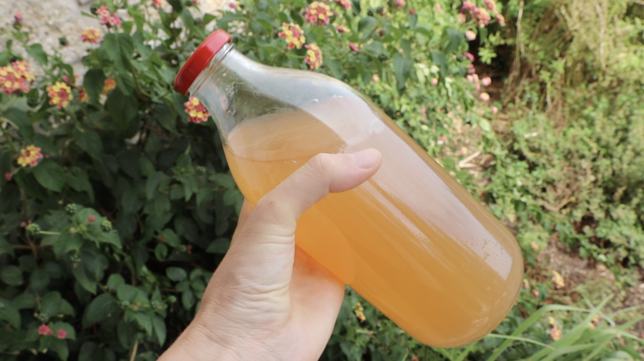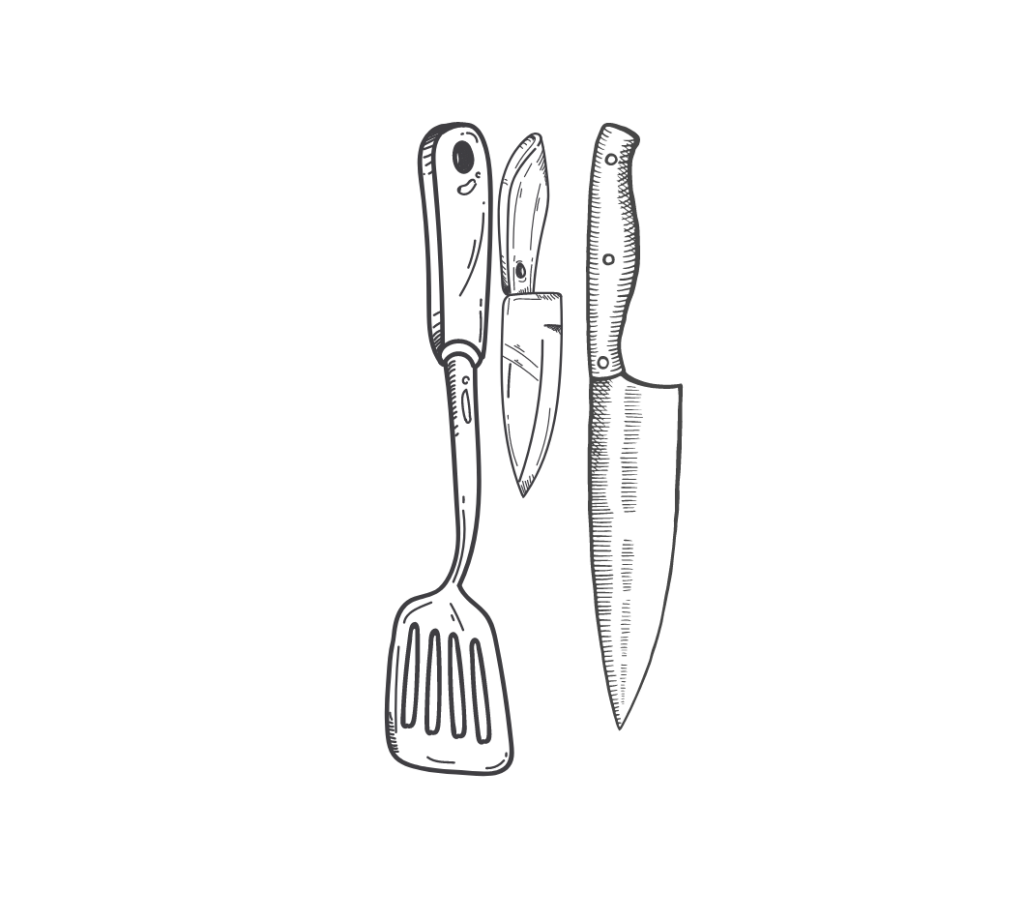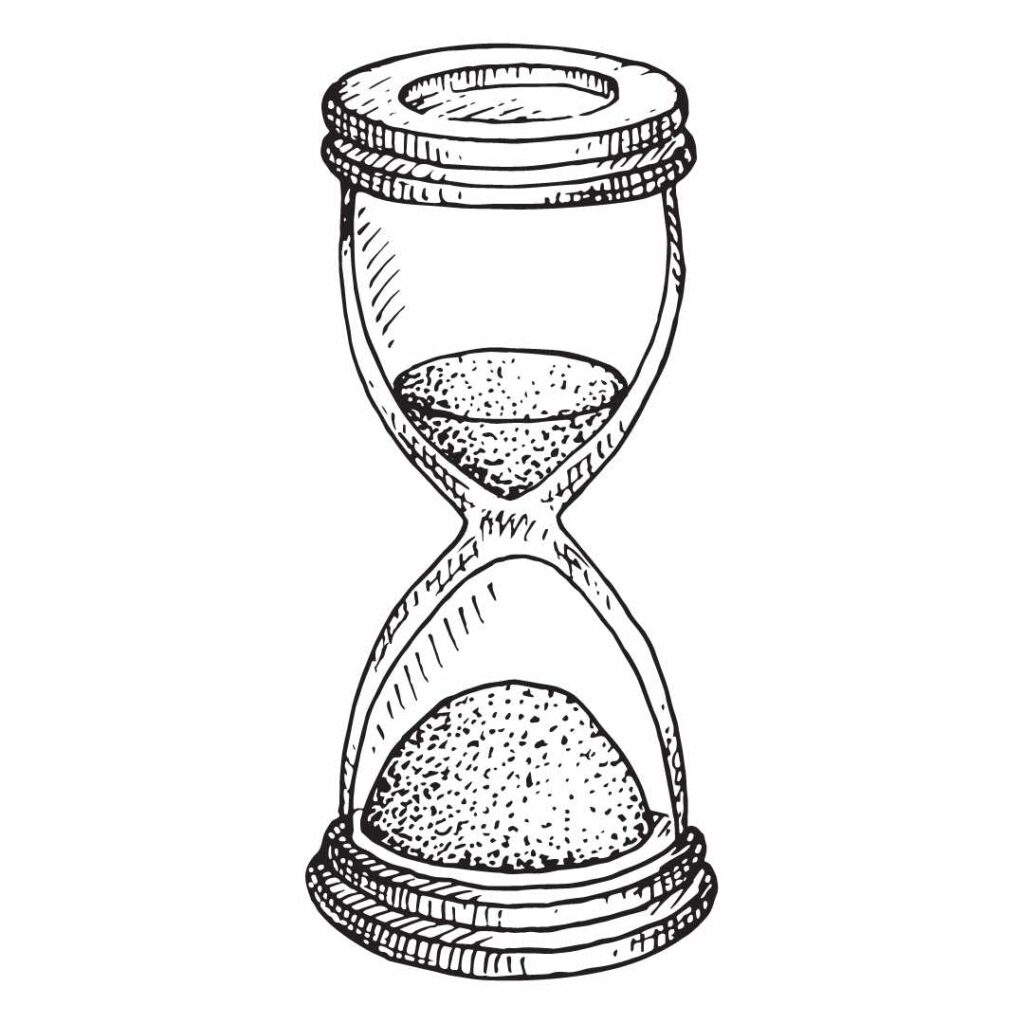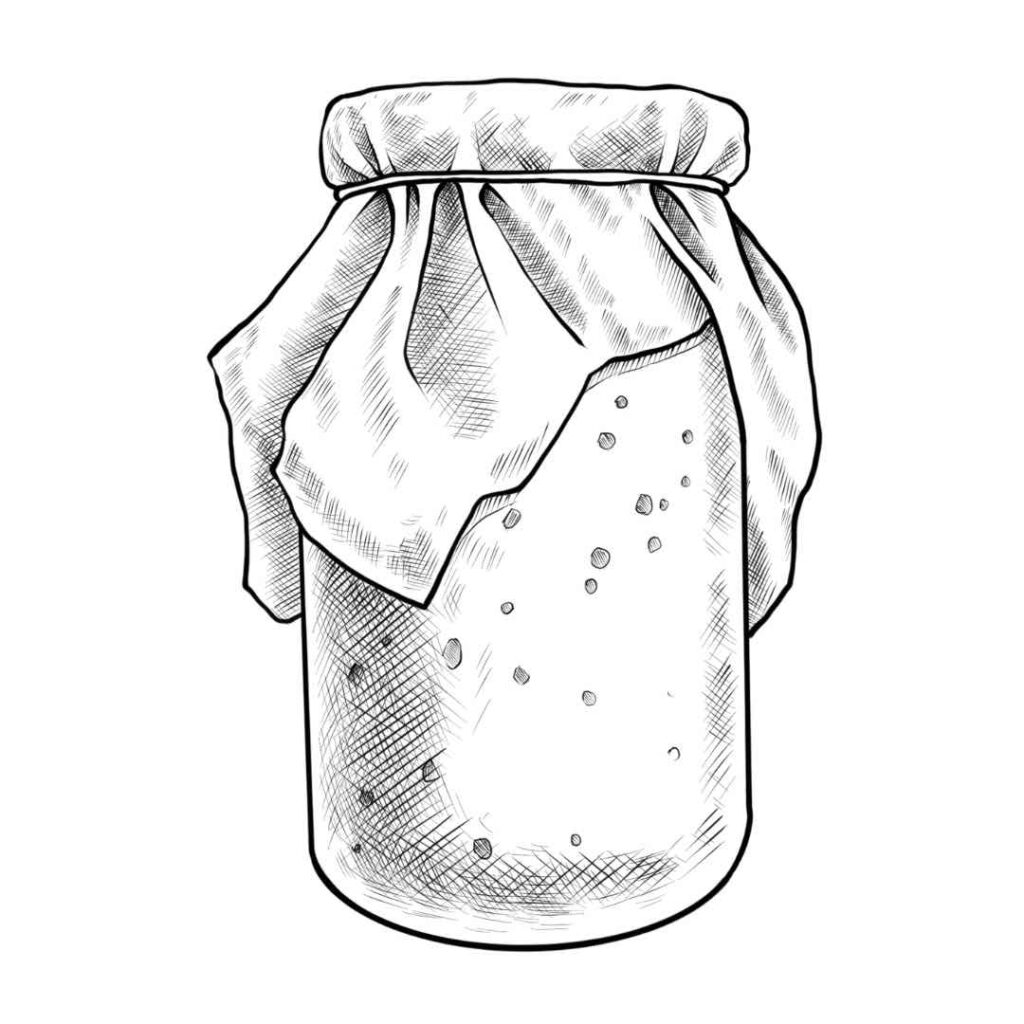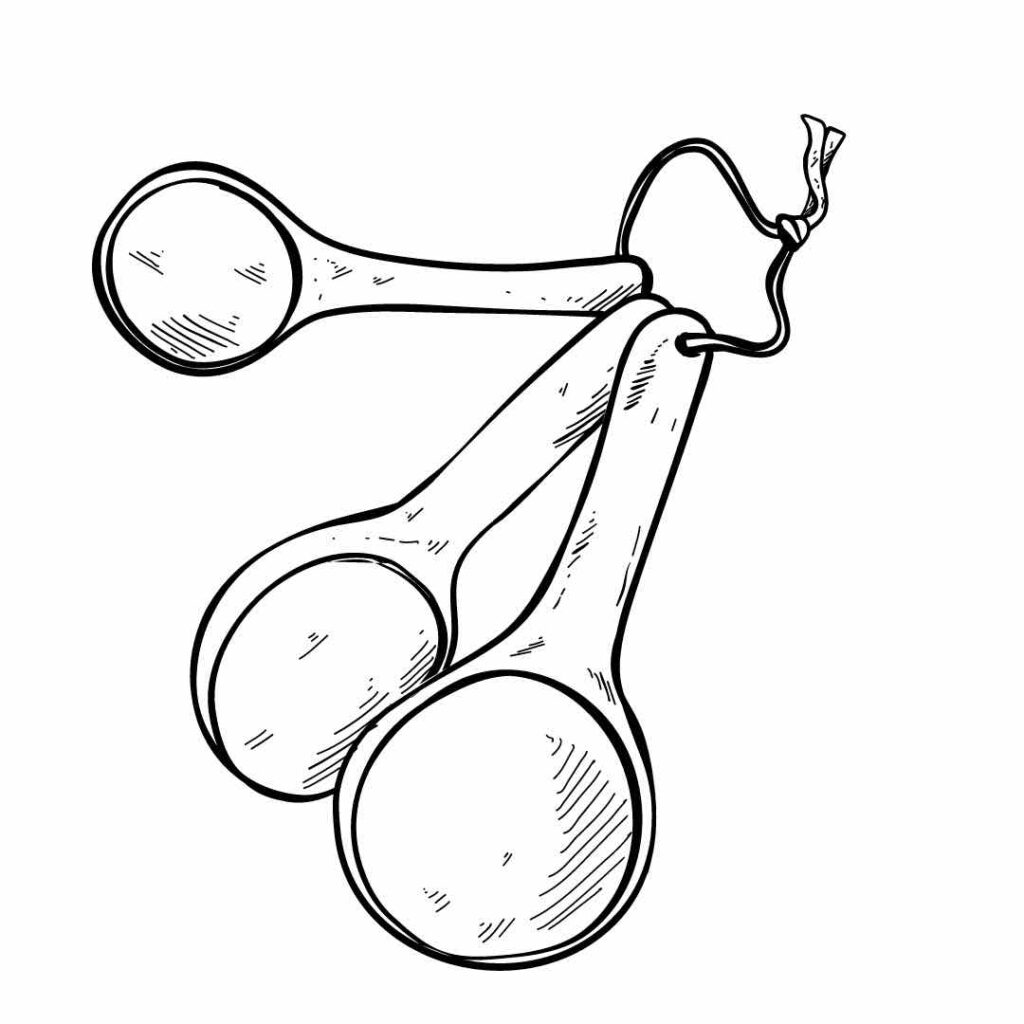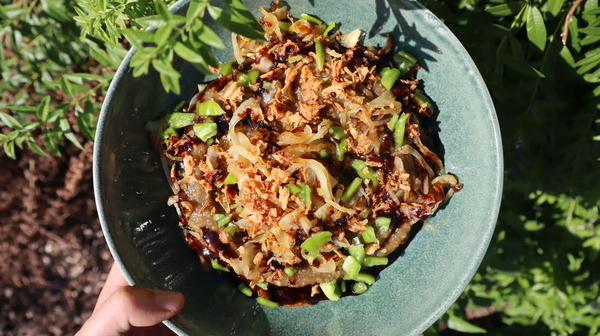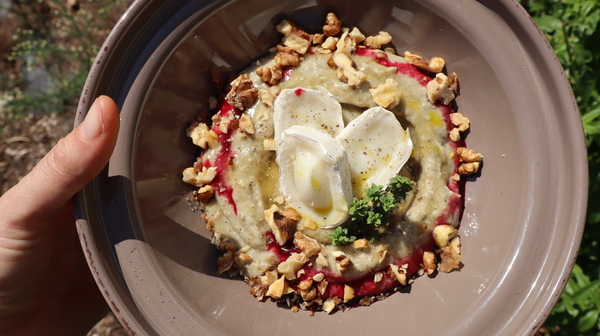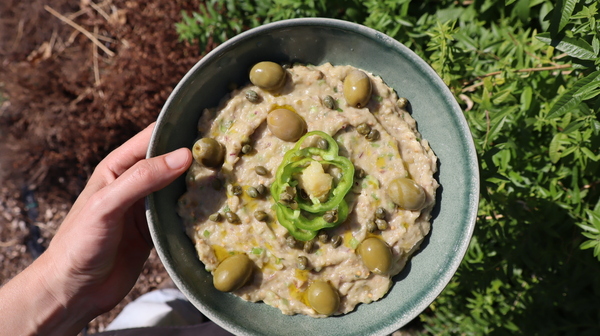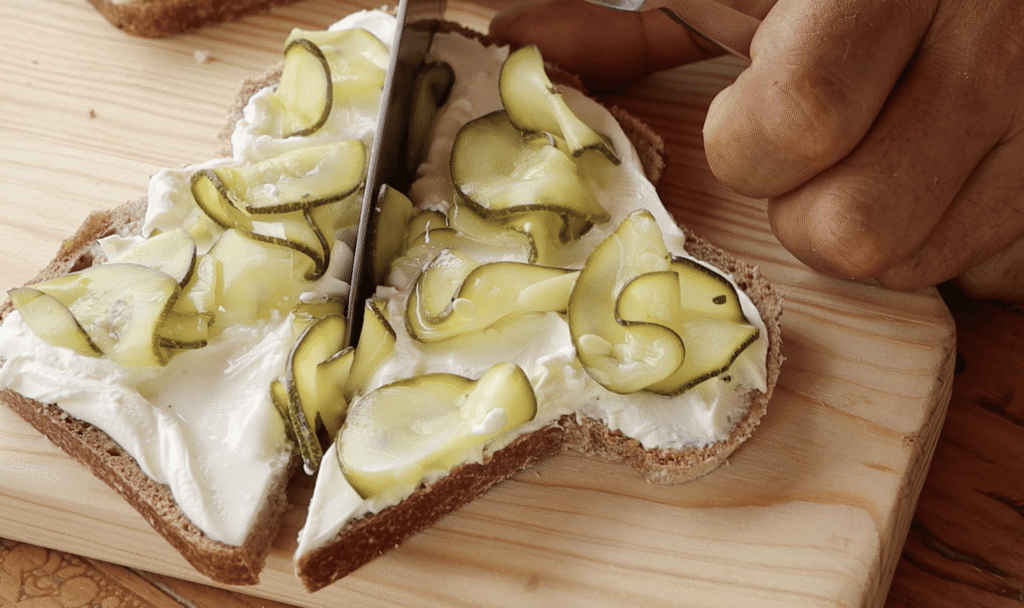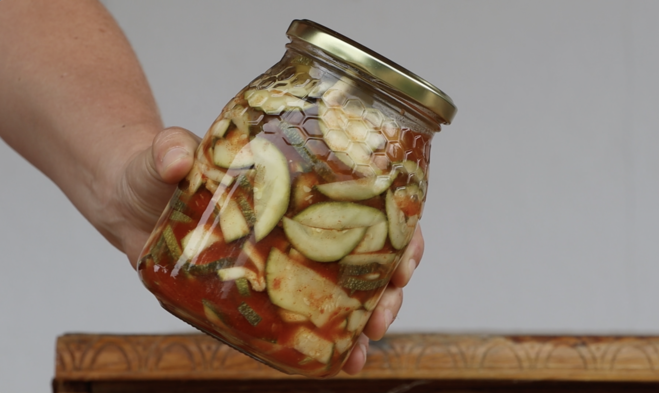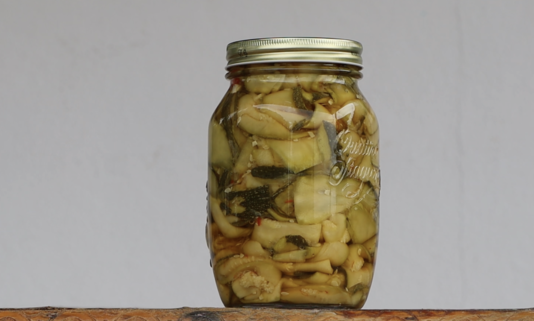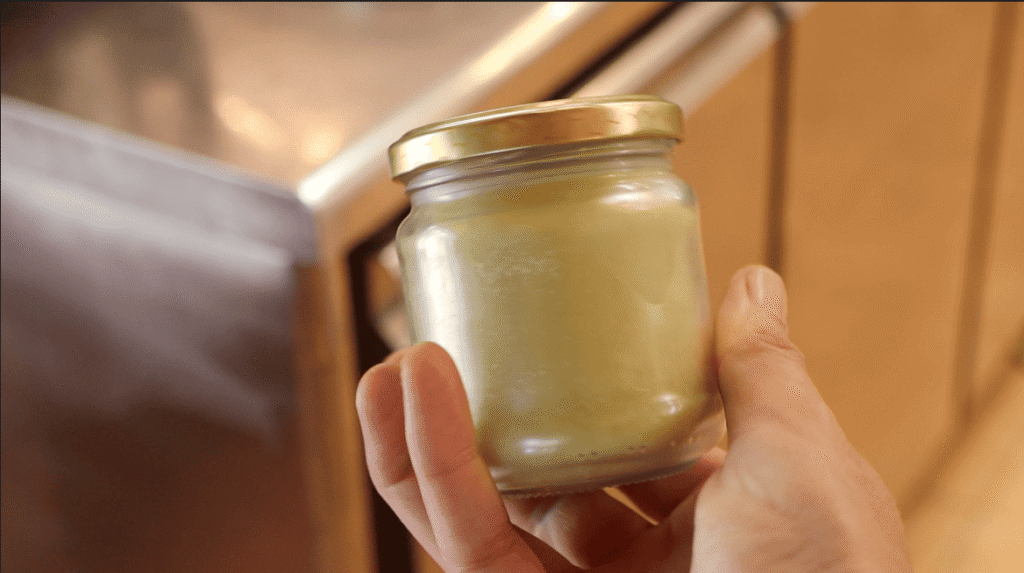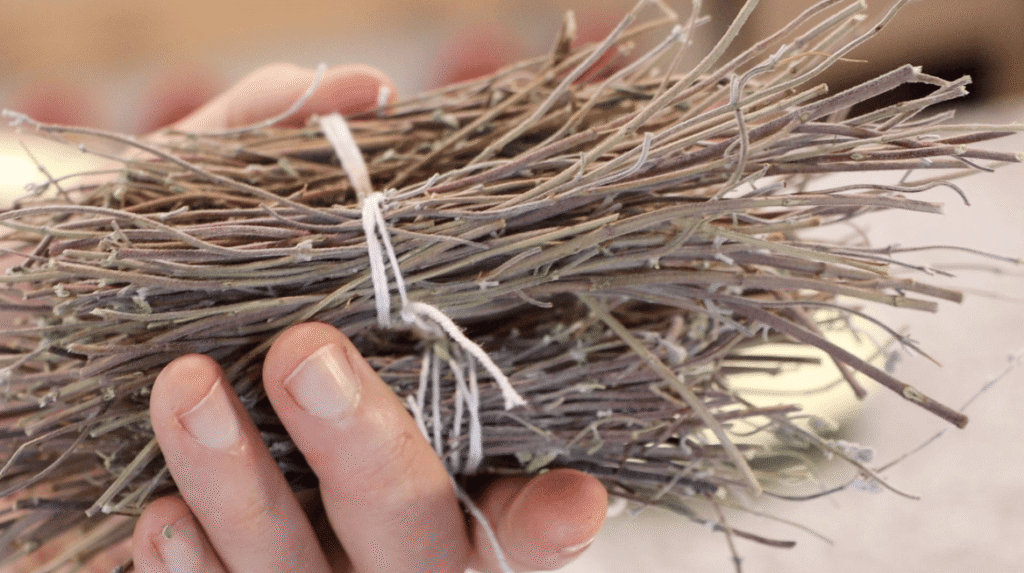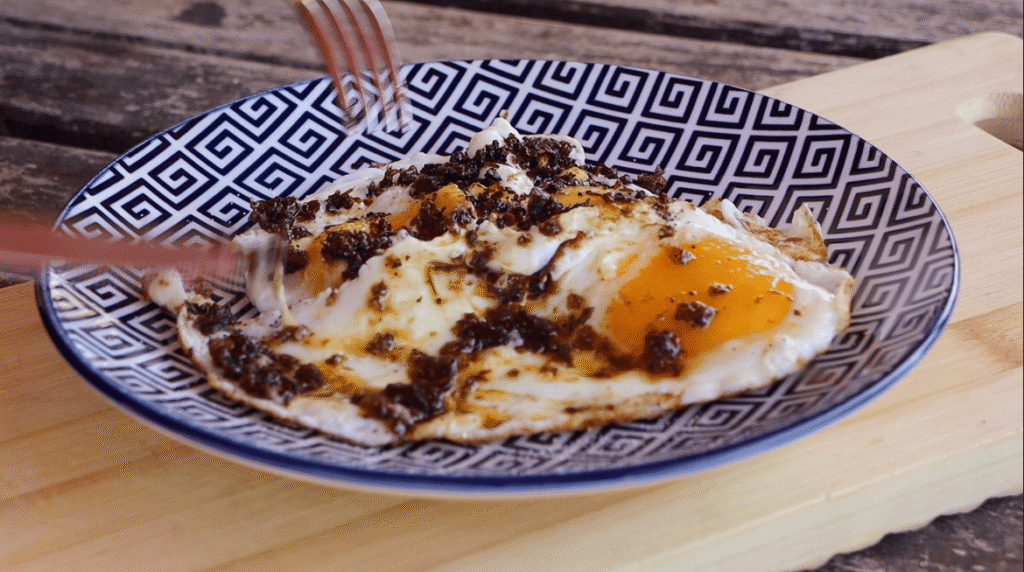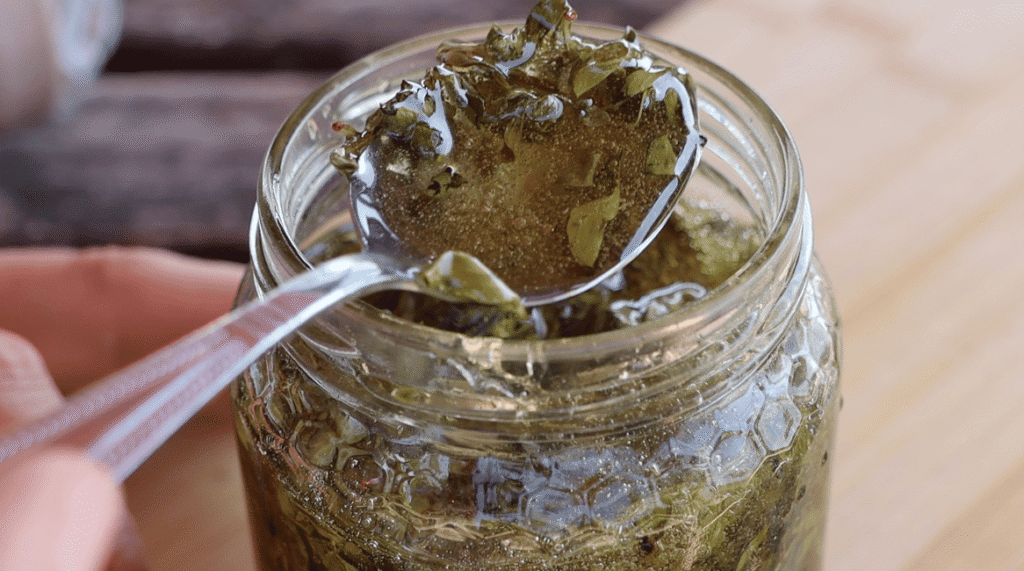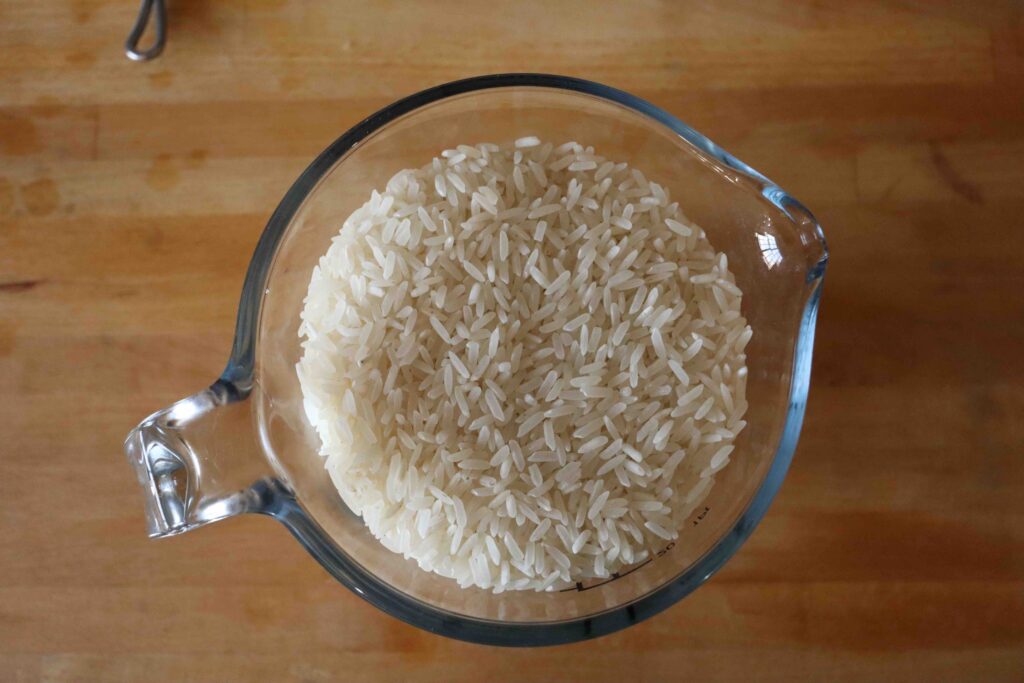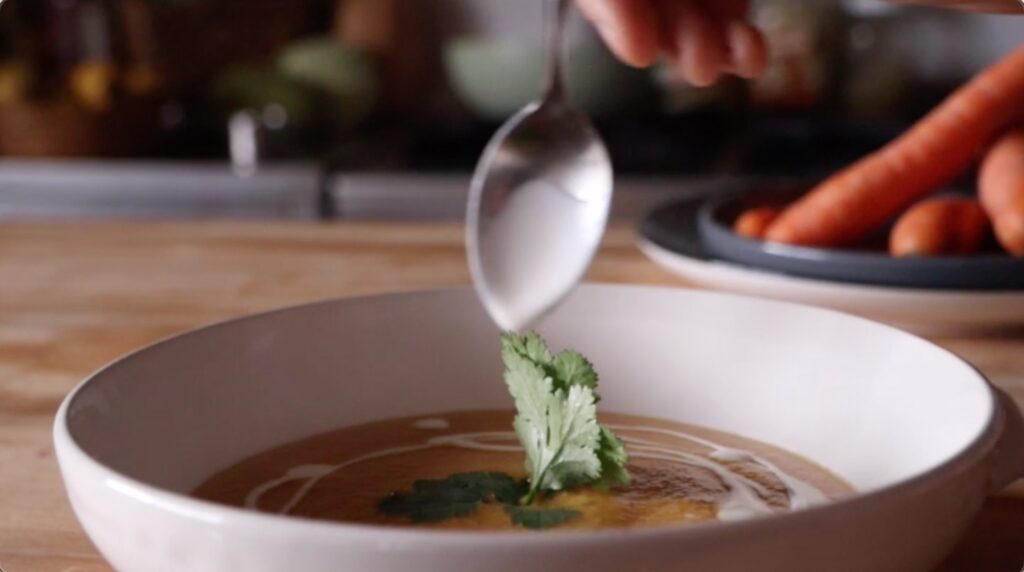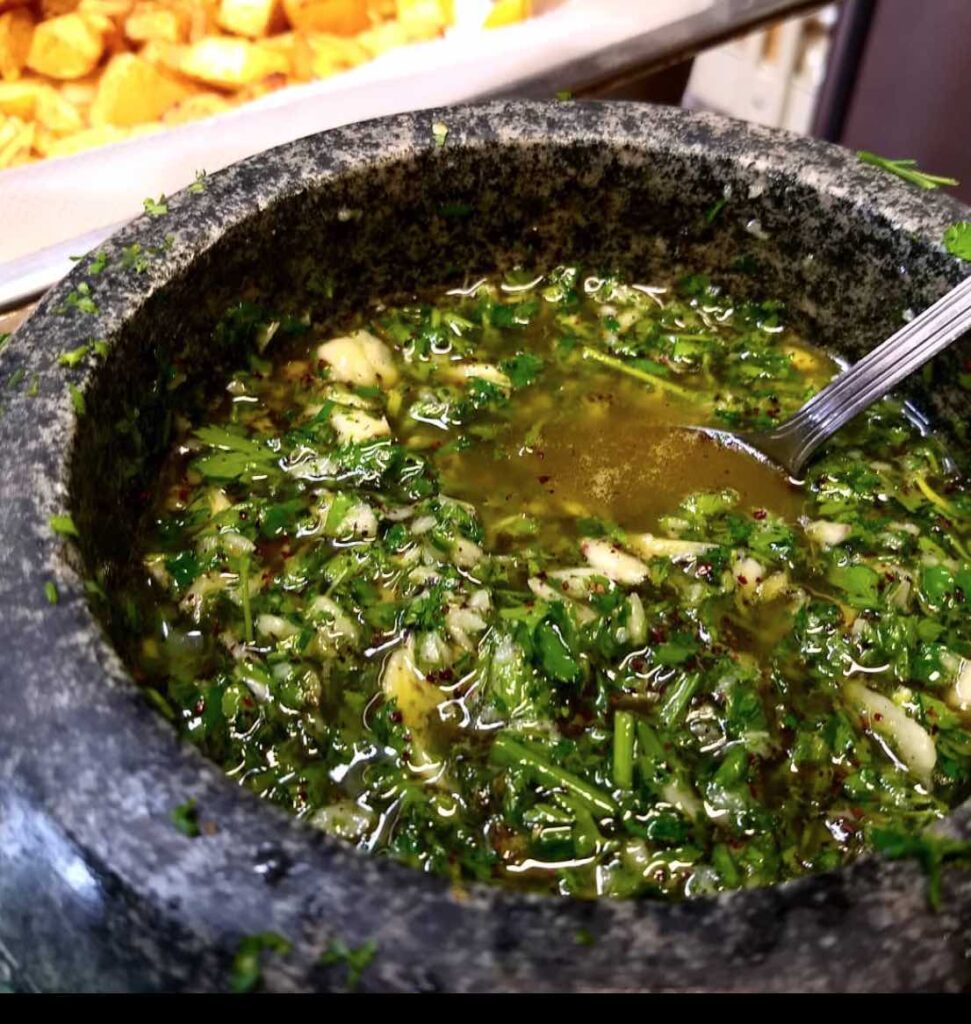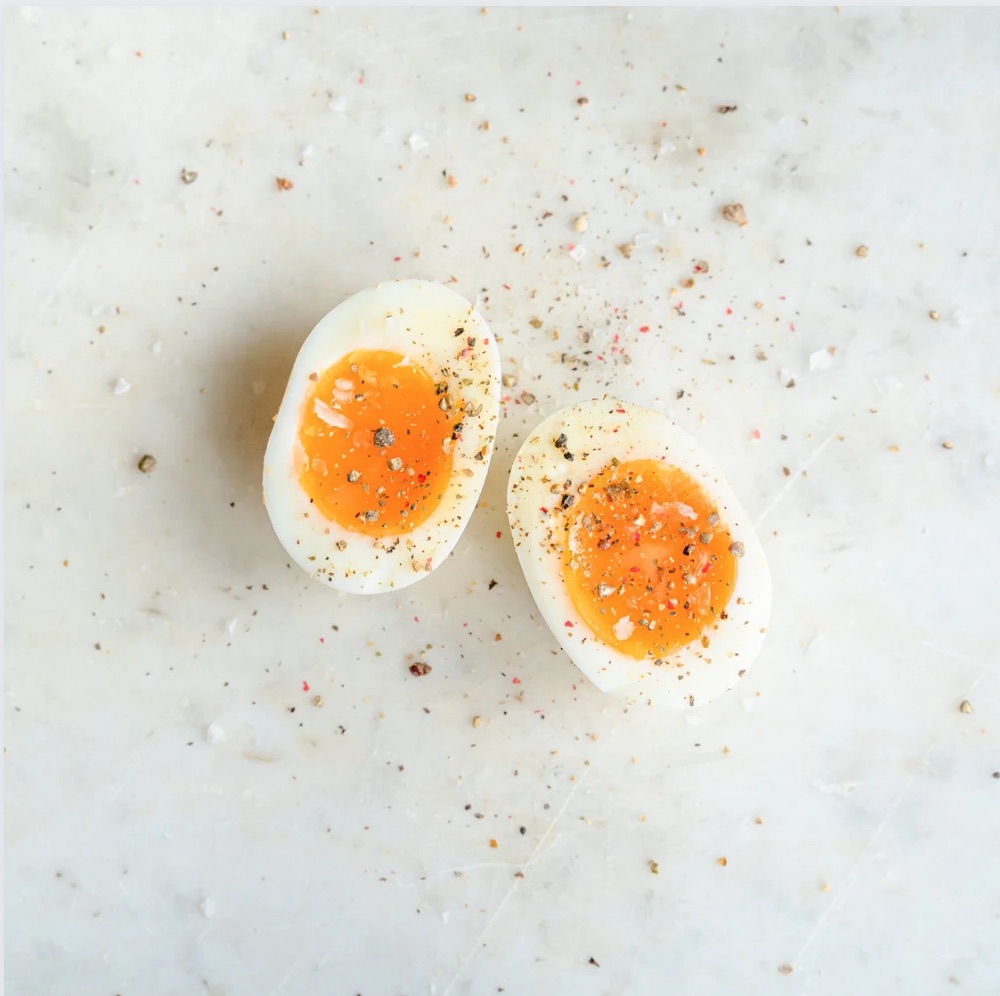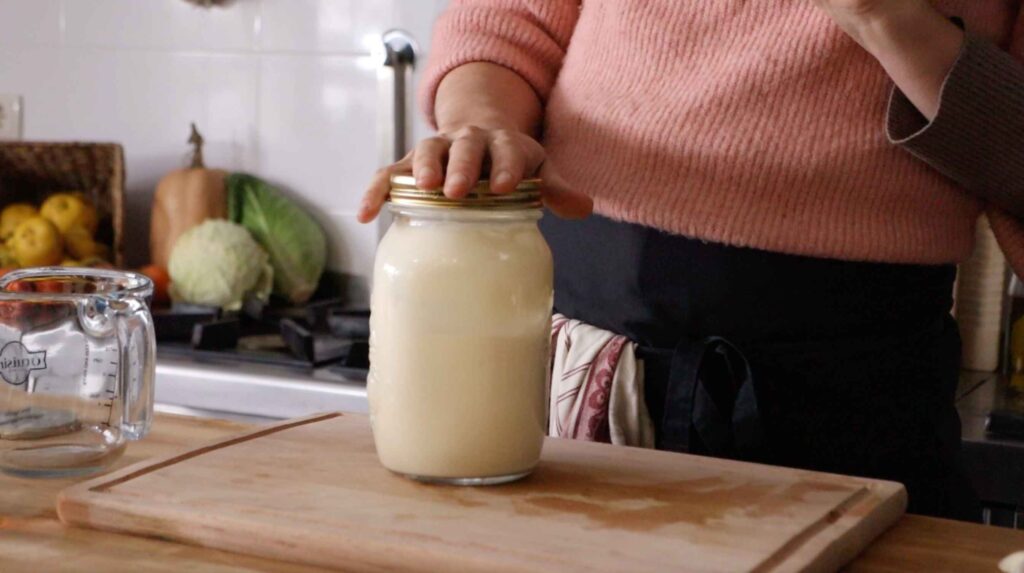Q: What kind of apples should I use for steam extracted juice?
A: The juicier the apple, the better the yield! We recommend using cider apples or soft eating apples for the highest juice content. However, if you’re using drier apples, you may still get a decent yield, though the juice might be a bit less abundant. Don’t forget, the pulp can still be repurposed in other recipes like BBQ sauce or baked goods!
Q: Can I use fruits other than apples in the steam extractor?
A: Absolutely! This method works great with soft fruits like grapes, pears, or strawberries. These fruits tend to yield much more juice than apples, giving you a richer flavor. Just be sure to experiment with different fruit combinations to find your perfect blend!
Q: How much juice will I get from 10 kg (22 lbs) of apples?
A: You can expect a yield of 3–5 liters of juice (or about 3–5 quarts, 70–170 fl oz). The exact yield depends on the type and juiciness of the apples you’re using. Softer apples will produce more juice, while firmer apples may give a lower yield.
Q: How long does steam extracted apple juice last?
A: If properly canned using the water bath canning method, steam extracted apple juice is shelf-stable and can last up to 12 months (or longer, depending on storage conditions). Make sure the bottles are vacuum sealed properly, and store them in a cool, dark place.
Q: Do I need any special equipment to make steam extracted apple juice?
A: The main equipment you need is a fruit juice steamer, which includes a bottom pan for water, a middle pan for the juice, and a top fruit basket for the apples. A large pot for water canning the bottles is also required. While a blender is handy for other tasks, it’s not needed for the steaming process itself.
Q: Can I reuse the leftover apple pulp?
A: Yes! The leftover pulp from steam extraction can be used in various ways. We recommend using it to make apple BBQ sauce, apple butter, or adding it to baked goods for extra flavor and nutrition. Don’t let that good stuff go to waste!
Q: What if I don’t have a fruit juice steamer? Can I still make apple juice?
A: While a fruit juice steamer makes the process much easier, you can still make apple juice by simmering apples in water and then straining the juice. However, the steam extraction method is more efficient and yields a cleaner, more concentrated juice without the need for blending or squeezing.
Q: How can I tell if the juice is sealed properly after canning?
A: After water canning, check if the lids are vacuum-sealed by pressing down in the center of the lid. If it doesn’t pop back, the seal is good. If the lid pops back, it may not have sealed properly, and you’ll need to refrigerate that bottle and consume it within a few days.
Q: Can I sweeten or flavor the juice?
A: Yes! If you prefer sweeter juice, you can add a bit of sugar, honey, or cinnamon to the juice before canning. Just keep in mind that adding sweeteners will reduce the shelf life slightly, as it can alter the juice’s acidity. For a naturally sweet flavor, though, most apples will yield a perfectly balanced taste.
Q: Do I need to refrigerate the juice after opening?
A: Yes, once the juice has been opened, it should be refrigerated and consumed within 1-2 weeks. Always ensure that the juice is properly sealed before storing, and drink it fresh for the best taste!
Q: Can I make steam extracted apple juice without a stove?
A: Technically, you could use an electric burner or other heat source, but the traditional method uses a stove for consistent, even heat. If you have access to a canning stove or campfire, these can work as alternatives for outdoor juicing as well!
